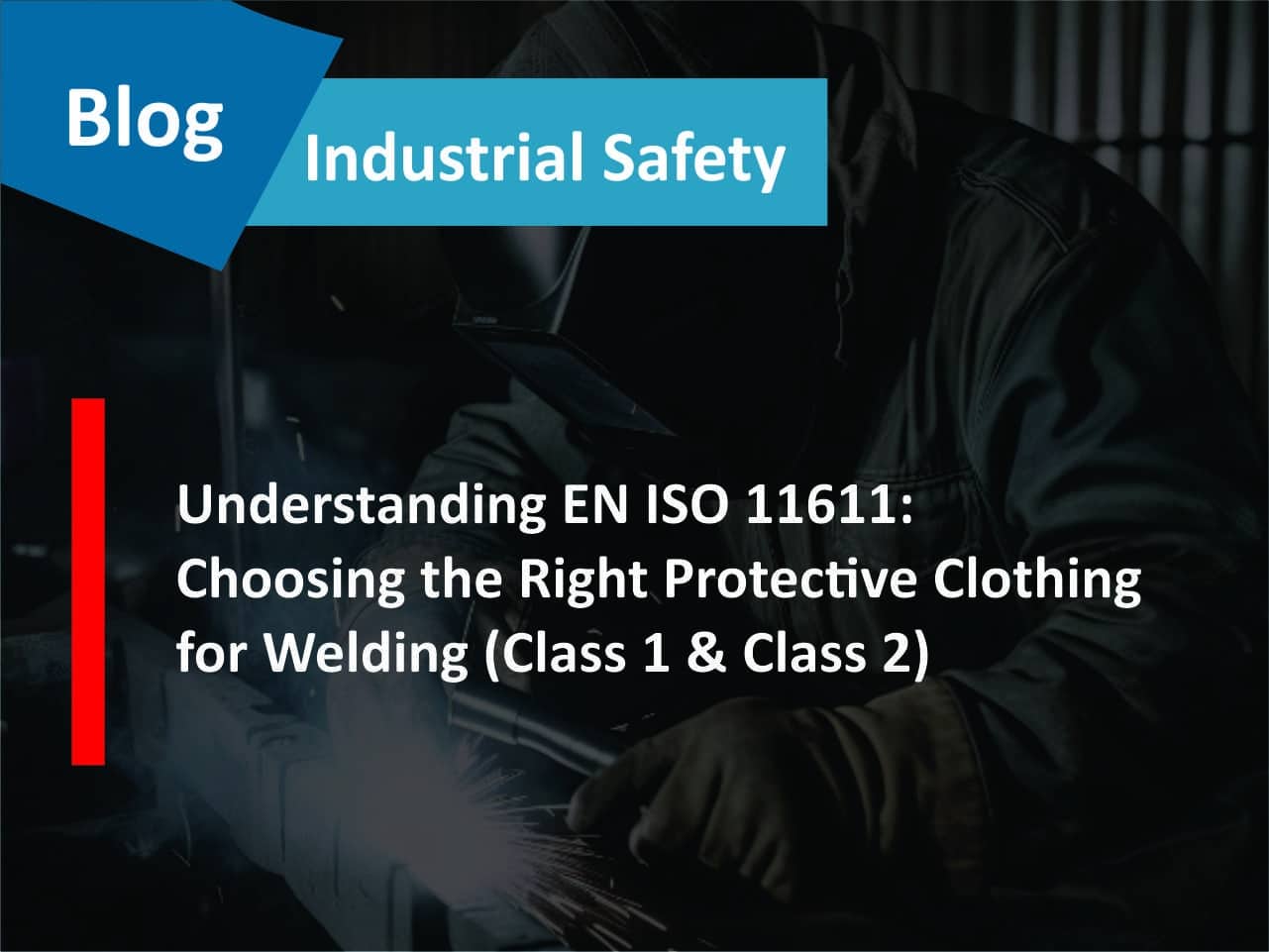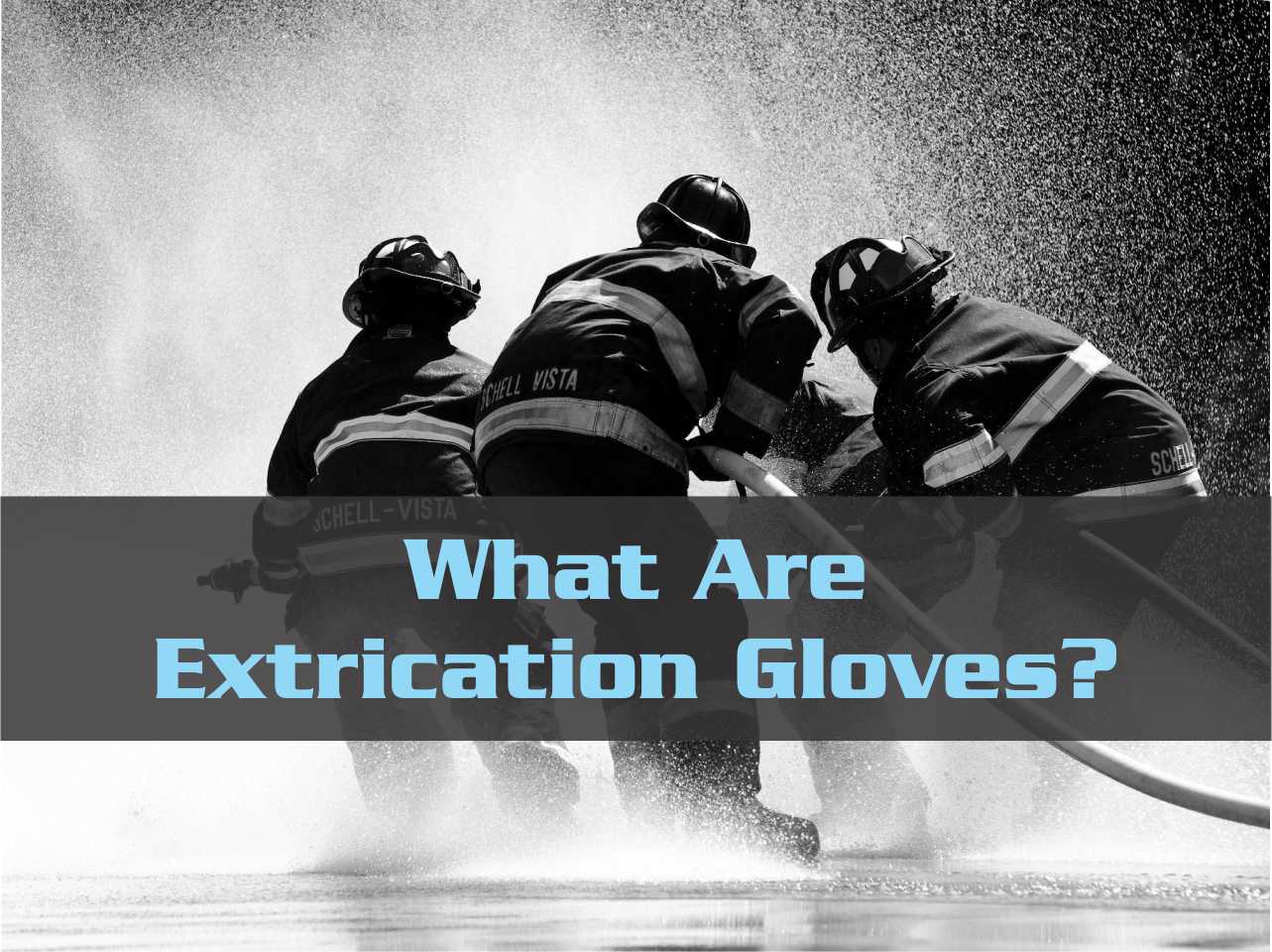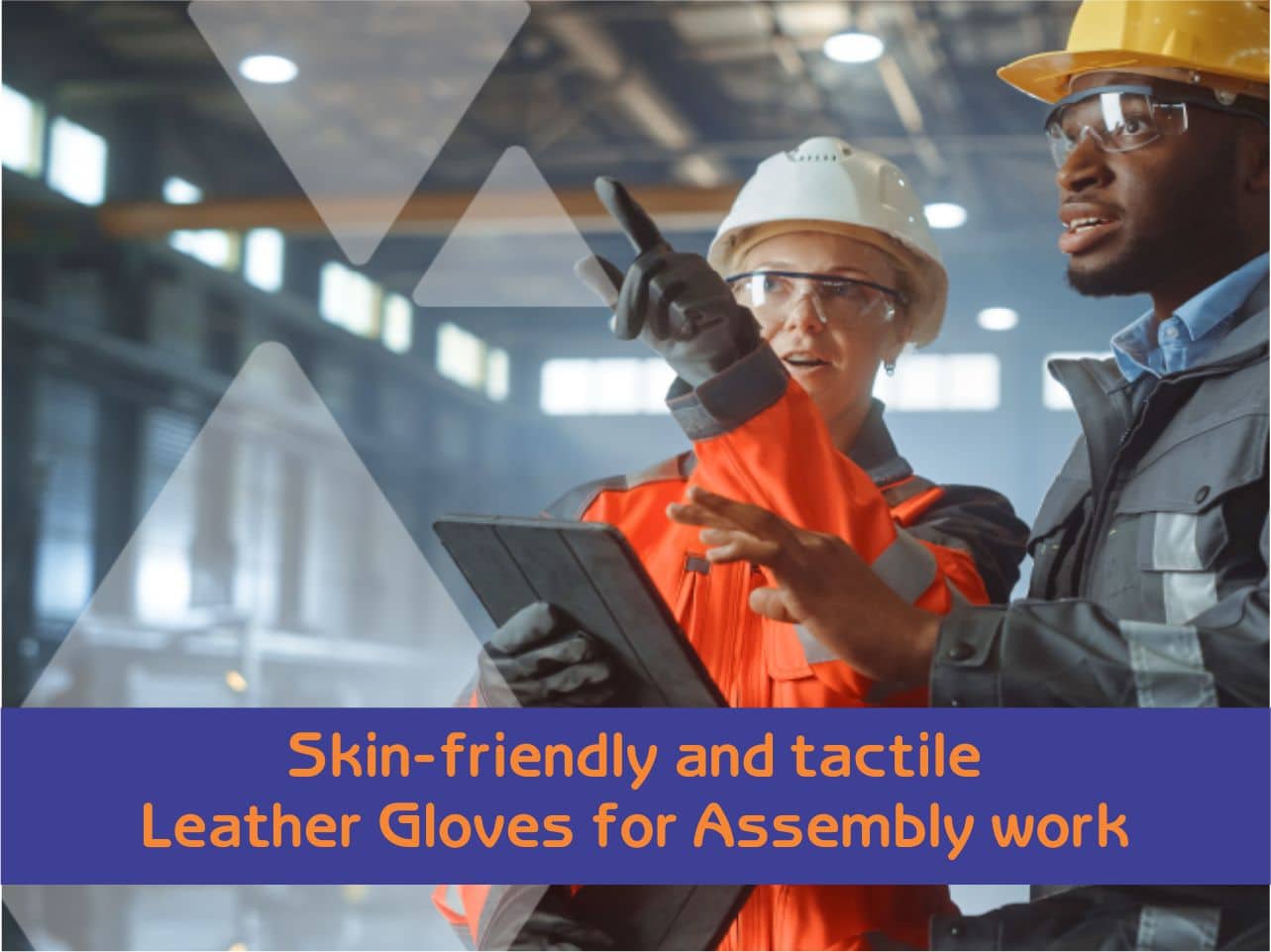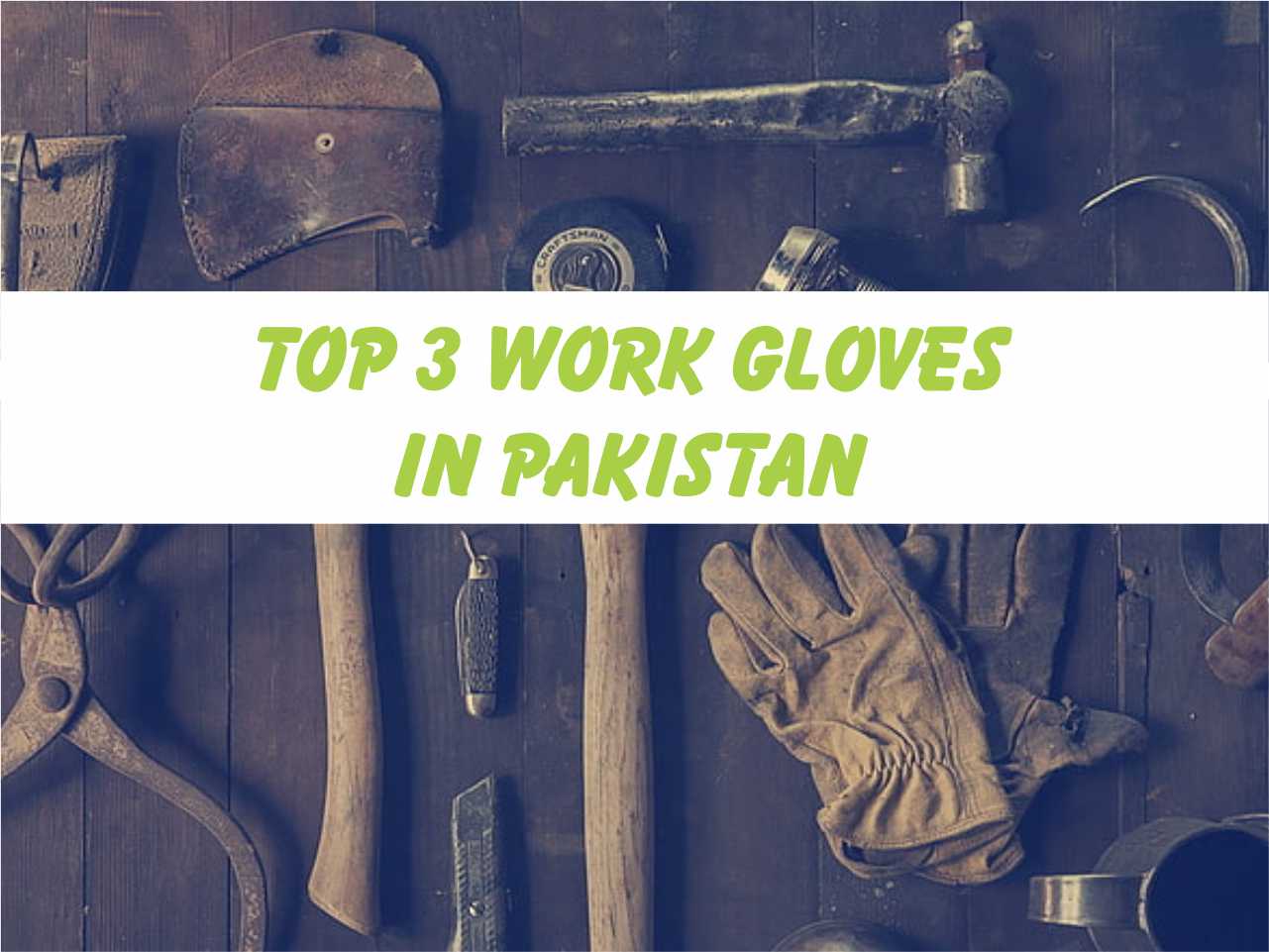EN ISO 11611 is an international standard that specifies requirements for protective clothing used in welding and allied processes. This standard ensures that the clothing provides protection against various risks such as small splashes of molten metal, short contact time with flames, radiant heat from the arc, and electric shock from short circuits in electrical conductors.

The standard categorizes protective clothing into two classes based on the level of protection they offer:
Class 1
- Protection Against: Lower levels of spatter and radiant heat.
- Typical Uses: These garments are suitable for less hazardous welding techniques and situations where there is a lower risk of exposure to heat and flames, such as manual welding techniques with light formation of spatter and drops (e.g., gas welding, TIG welding, micro plasma welding, brazing, spot welding, MMA welding (with rutile covered electrode), MIG welding, and MAG welding).
Class 2
- Protection Against: Higher levels of spatter and radiant heat.
- Typical Uses: These garments are designed for more hazardous welding techniques and conditions where there is a higher risk of exposure to heat and flames, such as manual welding techniques with heavy formation of spatter and drops (e.g., MMA welding (with basic or cellulose covered electrode), MAG welding (with CO2 or mixed gases), MIG welding (high current), self-shielded flux-cored arc welding, plasma cutting, gouging, oxygen cutting, thermal spraying).
Key Requirements of EN ISO 11611:
- Design Requirements: Garments must cover the upper and lower torso, neck, arms, and legs. Specific designs, such as jackets and trousers or coveralls, must meet these criteria.
- Material Performance: Fabrics used must meet performance requirements in terms of resistance to flame, heat transfer (radiant and convective), and molten metal splashes.
- Electric Shock Resistance: Garments must provide limited protection against electric shock from accidental contact with live electrical conductors up to approximately 100V DC under normal welding conditions.
- Testing Methods: The standard specifies various tests for assessing the performance of the protective clothing, including tests for flame spread, heat transfer, and molten metal splash.
Labeling and Information:
- Labels: Garments must have labels indicating compliance with EN ISO 11611 and the specific class of protection (Class 1 or Class 2).
- Instructions for Use: Manufacturers must provide clear instructions on the use, care, and maintenance of the garments to ensure they provide effective protection throughout their lifespan.
When selecting protective clothing for welding and allied processes, it’s essential to consider the specific risks involved in the tasks and choose the appropriate class of protection as specified by EN ISO 11611. This ensures that the clothing will provide the necessary protection to the wearer.
If you want to know 5 Key Advantages Of Wearing PPE At Work Checkout our Article






